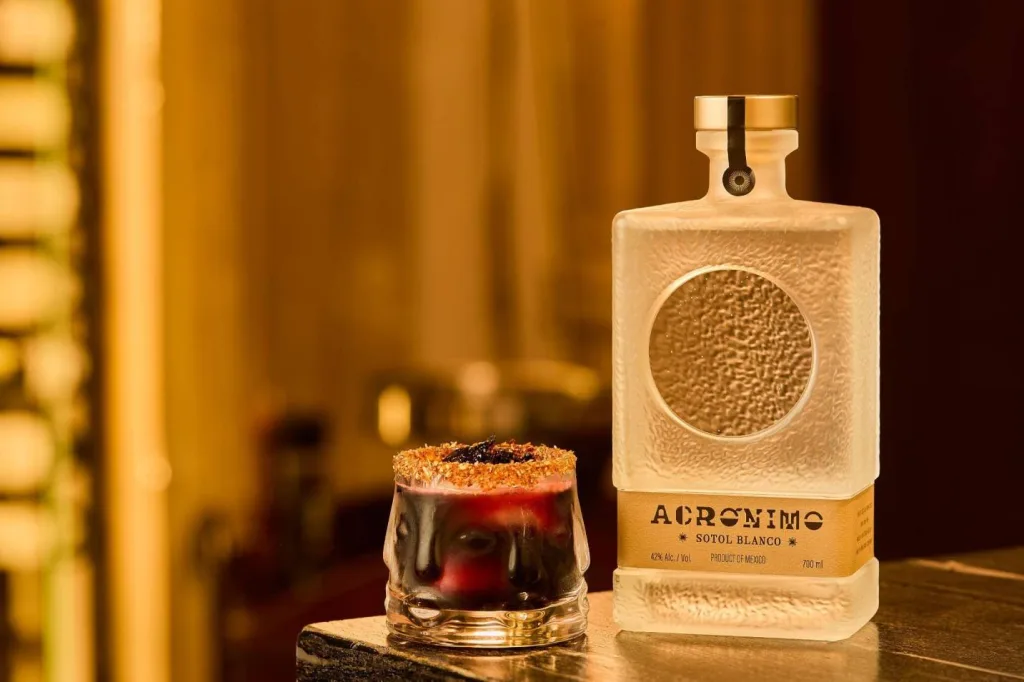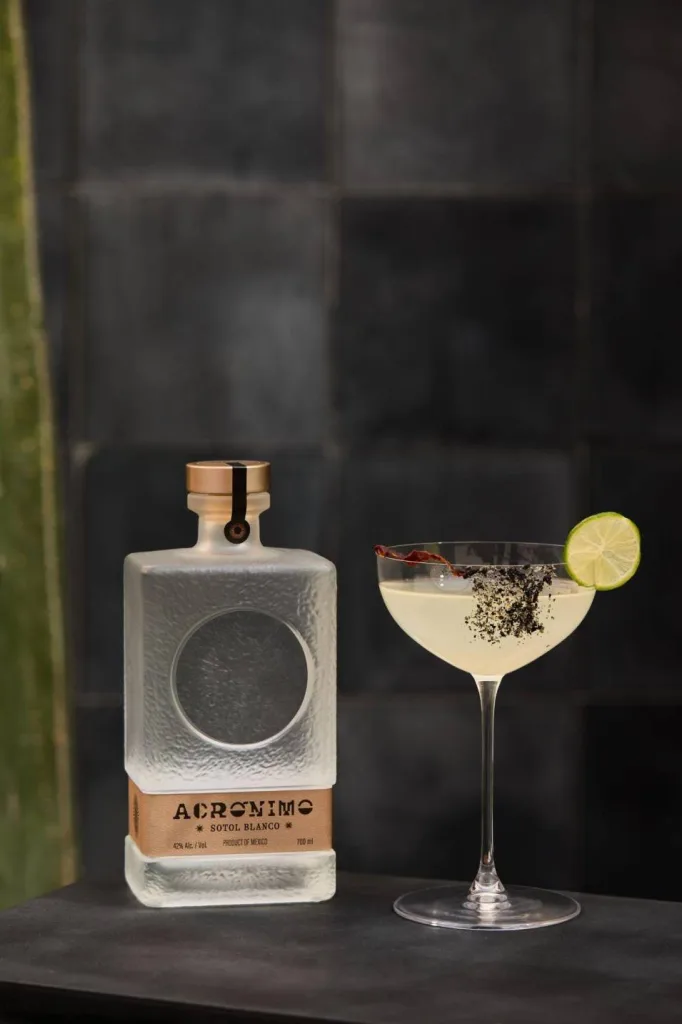Sotol: What Is It? Revealing Mexico's Inner Spirit

Globally, Mexico is known for its legendary spirits, mezcal and tequila. But tucked away in the middle of its northern deserts is a less well-known treasure that is gradually becoming more and more important: sotol
Thus, what is sotol?
Made from the sotol plant, a resilient desert shrub native to the arid environments of Chihuahua, Coahuila, and Durango, this untamed and rustic spirit is created.
Sotol stands out among its agave-based siblings in earthy depth, herbal complexity, and centuries-old cultural origins.
We will explore in great detail the origin, manufacturing, and taste of sotol liquor in this post, so demystifying all you need to know about sotol plant alcohol.
You’re in the right place whether you’re a spirit fan trying to broaden your palate or just interested in this intriguing drink.
The Source of Sotol: A Historical Desert Spirit
Long before colonization reached the ground of modern-day Mexico, sotol dated back over 800 years. To make somewhat alcoholic drinks, indigenous people like the Rarámui and Anazisi ground the sotol plant.
Sotol developed into the distilled spirit we know today not until the 16th century, following the Spanish introduction of distillation methods.
Usually drank locally in Northern Mexico, far from the busy tequila bars of Jalisco, sotol has long been Thanks to craft distillers and growing global curiosity today, sotol is emerging from the shadows and into worldwide markets.
What Differentiates Sotol?
Not Agave; Instead, Dasylirion
Its raw materials define the most important difference. Made from agave, tequila and mezcal are; sotol liquor derives from the Dasylirion wheeleri, or desert spoon.
Though initially looking like agave, this tough plant is botanically different and grows in dry, mountainous settings.
Growing naturally without irrigation, each sotol plant matures in 12 to 15 years. Unlike farmed agaves, these wild-by-nature plants are foraged; hence, each harvest is somewhat erratic but also more sustainable.
A single plant and a bottle of spirit
Unbelievably, one whole sotol plant is needed to create one bottle of sotol. This one-to-one ratio fosters a greater respect for the ecological relevance of the plant and the handcrafted work.
How Sotol Is Made: An Evolutionary Yet Traditional Method
Sotol’s manufacturing combines modern processes with age-old approaches. Usually, this plays out like this:
- Plant Harvesting: The mature sotol plant is gathered, and the central core—also known as “piña”—is removed.
- Roasting the piñas in earthen pits or aboveground furnaces develops strong, smoky tastes.
- After roasting, they are crushed—often on a stone wheel—then organically fermented using wild yeasts.
- Usually in copper stills, the fermenting mash is distilled; other distillers utilize stainless steel.
Unlike industrial spirits, sotol’s manufacture is frequently small-batch and hand-operated, guaranteeing good quality and regional character.
What Does Sotol Taste Like?
Describing the taste of sotol is like attempting to distill the core of a desert breeze. It is distinctly aromatic, sharp, earthy, and somewhat grassy.
Terroir and distillation method will determine whether it is flowery and citrusy or smoky and peppery.
Many compare its profile to that of mezcal and gin mixed. Still, make no mistake—sotol has an inherent individuality.
Sotol Varieties & Ways to Appreciate Them
Like mezcal and tequila, sotol comes in different forms based on aging times:
- Plata, or Silver, This clear, unaged rendition captures the plant’s pure expression. Perfect for sipping clean or mixing drinks.
- Aged in oak barrels for two to twelve months, it develops a deeper, smoother taste with vanilla and spice undertones.
- Aged more than a year, this varietal boasts a rich caramel color and flavors perfect for patient drinking.
Sotol neat, on the rocks, or in creative cocktails like a Sotol Paloma or Desert Negroni will all taste great. It’s also becoming popular as a sophisticated substitute for agave spirits at upmarket establishments all around America and Europe.
Future of Sotol
Sotol is gathered in the wild; hence, sustainability becomes more and more important. Native Dasylirion populations may be threatened by overharvesting; however, many distillers today collaborate with nearby people to create programs for responsible harvesting and replanting.
Like those controlling tequila and mezcal, Mexico’s regulatory authorities are also trying to identify and safeguard sotol under Denomination of Origin (DO) rules. As this cultural gem becomes more well-known overseas, these actions are absolutely essential for preservation.

FAQs
- Is sotol exactly like mezcal or tequila?
Not exactly Although all three are classic Mexican spirits, sotol comes from a separate plant—Dasylirion—which gives it a distinct taste and cultural history.
- Could one purchase sotol in Europe or the United States?
Indeed, even if it is still very specialized. You can find several boutique labels online or in specialized liquor stores; several of them have lately reached international markets.
- Is sotol potent?
Indeed. With most spirits, sotol usually has an alcohol level between 38 and 45%, the same as tequila or vodka.
- Is sotol eco-friendly?
Although many growers are striving towards sustainable practices—including controlled harvesting and replanting initiatives—the wild character of the plant makes this work in progress challenging.
- Which cuisine complements sotol?
Try sotol with grilled meats, fiery tacos, or roasted veggies. The earthy, herbal flavors accentuate strong, smoky cuisine really wonderfully.
Final Thoughts
So, what is sotol?
It is not only a beverage. Born in the tough northern terrain of Mexico, this historical spirit provides drinkers with a strong, wild experience that links directly with the ground.
Sotol spirits belong on every daring spirit lover’s shelves with their unique character, handcrafted manufacture, and growing international recognition.
Whether you’re making a cocktail in your city flat or drinking it neat under a desert sky, sotol plant alcohol tastes of history, culture, and wilderness—all in one glass.
All set to do something crazy? Taste sotol; you might find your new preferred spirit there.
